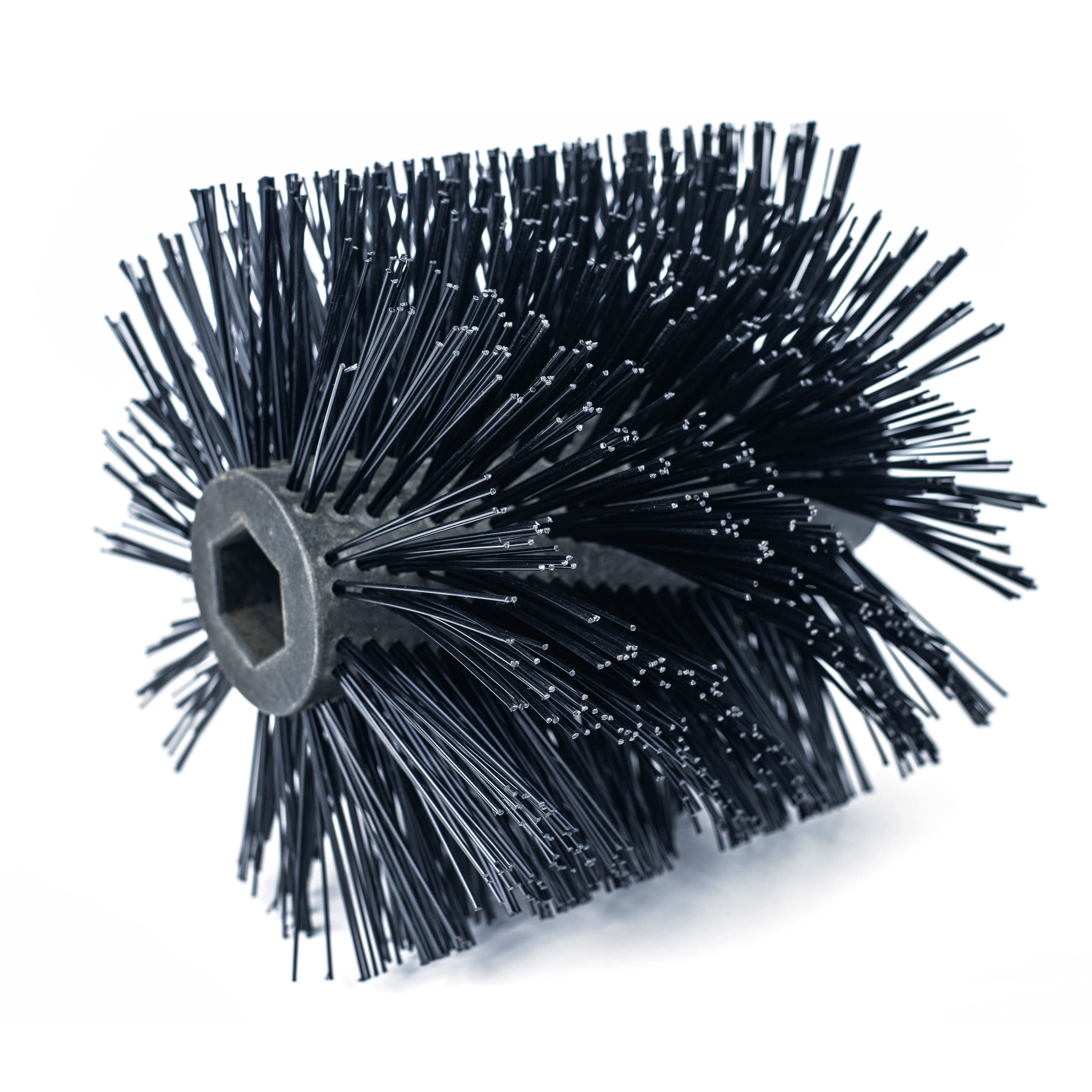Self-Producing Factory-Professional Manufacturer
Unlocking the Benefits of a Bicycle Brush for Your Bike Maintenance
Oct 05,2025

Unlocking the Benefits of a Bicycle Brush for Your Bike Maintenance
Table of Contents
1. Introduction to Bicycle Maintenance
2. Why Choose a Bicycle Brush?
2.1 Understanding Different Types of Bicycle Brushes
2.2 Key Features of an Effective Bicycle Brush
3. The Importance of Regular Bike Cleaning
3.1 How Dirt Affects Bike Performance
3.2 Preventing Rust and Corrosion
4. How to Use a Bicycle Brush Effectively
4.1 Step-by-Step Cleaning Guide
4.2 Best Practices for Maintaining Your Brush
5. Additional Tools for Comprehensive Bike Maintenance
6. Frequently Asked Questions
7. Conclusion
1. Introduction to Bicycle Maintenance
Maintaining your bicycle is crucial for ensuring a smooth and safe ride. Regular upkeep not only enhances performance but also prolongs the life of your bike. Among the various tools and techniques available, the bicycle brush stands out as an essential item that can make a significant difference in your maintenance routine.
2. Why Choose a Bicycle Brush?
When it comes to bike maintenance, the bicycle brush should be an indispensable part of your toolkit. Here, we explore the benefits and features that make it an essential tool for every bike enthusiast.
2.1 Understanding Different Types of Bicycle Brushes
There is a variety of brushes designed for specific purposes. For example, a bristle brush is excellent for scrubbing away dirt on frames, while a softer brush is ideal for delicate components like wheel rims and spokes. Knowing which brush to use for each part of your bike is vital for effective cleaning without causing damage.
2.2 Key Features of an Effective Bicycle Brush
An effective bicycle brush should possess several key features. Look for brushes with ergonomic handles for comfortable use, durable bristles that can withstand tough scrubbing, and those that are easy to clean themselves. Brushes with a combination of bristle stiffness can be particularly versatile.
3. The Importance of Regular Bike Cleaning
Cleaning your bike regularly is not just about aesthetics; it plays a significant role in performance and longevity.
3.1 How Dirt Affects Bike Performance
Accumulated dirt and grime can hinder your bike's performance. Dust and mud can cause friction in the moving parts, leading to wear and tear. A clean bike operates more smoothly and efficiently, providing a better riding experience.
3.2 Preventing Rust and Corrosion
Dirt and moisture create an environment conducive to rust and corrosion. Regular cleaning with a bicycle brush helps remove moisture and grime, significantly reducing the likelihood of rust formation on metal parts.
4. How to Use a Bicycle Brush Effectively
Using a bicycle brush is straightforward, but certain techniques can enhance your cleaning process.
4.1 Step-by-Step Cleaning Guide
1. **Gather Your Supplies**: Aside from the bicycle brush, gather a bucket of soapy water, a hose, and other cleaning tools as needed.
2. **Rinse Your Bike**: Use a hose to remove loose dirt and debris before scrubbing.
3. **Brush with Purpose**: Start from the top of the bike and work your way down. Use different brushes for different parts, ensuring you scrub thoroughly but gently.
4. **Rinse Again**: After brushing, rinse your bike to wash away soap and remaining dirt.
5. **Dry Thoroughly**: Use a soft cloth to dry the bike, paying special attention to areas prone to rust.
4.2 Best Practices for Maintaining Your Brush
To ensure your bicycle brush remains effective, clean it after each use. Rinse out dirt and debris and allow it to dry completely. Regular maintenance of your brush will extend its lifespan and ensure optimal cleaning performance.
5. Additional Tools for Comprehensive Bike Maintenance
While a bicycle brush is essential, consider investing in additional tools for a complete maintenance routine. Items like chain cleaners, tire levers, and lubricant can enhance your bike care efforts. Having a comprehensive toolkit allows you to tackle various maintenance tasks effectively.
6. Frequently Asked Questions
6.1 How often should I clean my bike?
We recommend cleaning your bike after every few rides, especially if you've ridden in muddy or wet conditions.
6.2 Can I use regular brushes to clean my bike?
While you can use regular brushes, specialized bicycle brushes are designed to clean effectively without damaging components.
6.3 What soap should I use for cleaning my bike?
Use a gentle soap that won't harm your bike's finish. Car wash soap or dish soap diluted in water works well.
6.4 Is it necessary to clean the bike chain regularly?
Yes, keeping the chain clean is crucial for performance and longevity. A clean chain improves shifting and reduces wear on gears.
6.5 What should I do if I notice rust on my bike?
If you find rust, clean the affected area immediately with a rust remover or sandpaper, and apply a protective layer to prevent further corrosion.
7. Conclusion
In conclusion, incorporating a bicycle brush into your bike maintenance routine offers numerous benefits that can enhance your riding experience. From improving performance to preventing costly repairs, the right tools make all the difference in maintaining your bicycle. Regular cleaning with a bicycle brush not only keeps your bike looking great but also ensures it operates smoothly for years to come. By understanding how to use the brush effectively and complementing it with other tools, you can unlock the full potential of your bike maintenance efforts.
Hot Tags:
PREVIOUS:
Contact Us
CEO: Alan
Email: alan@virostech.com
Phone: +86-15215693689
Sales Manager: Edith
Email: Edith@virostech.com
Phone: +86-15215693689









